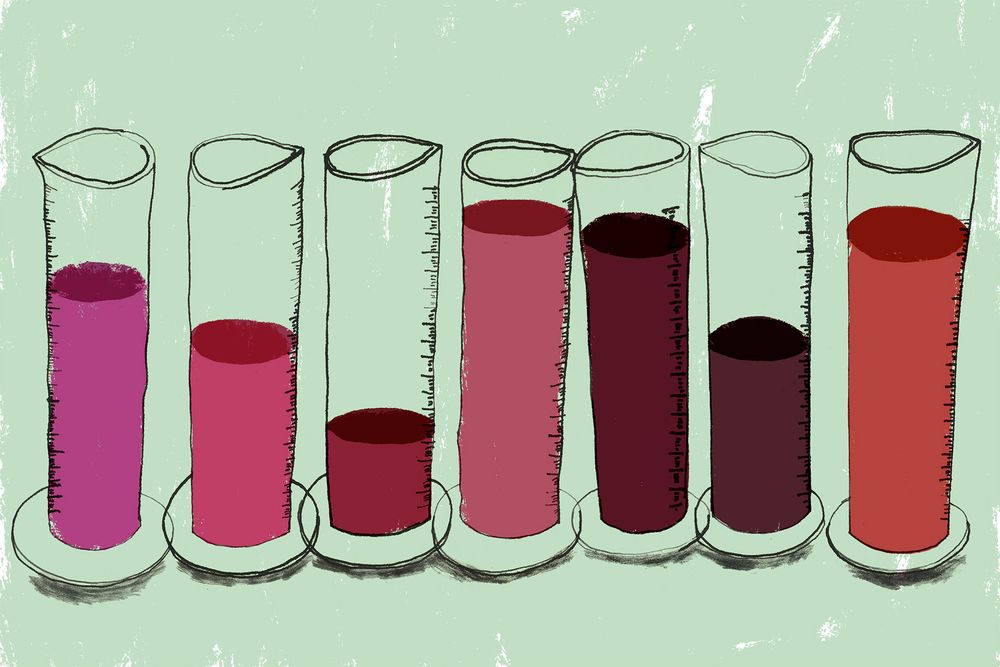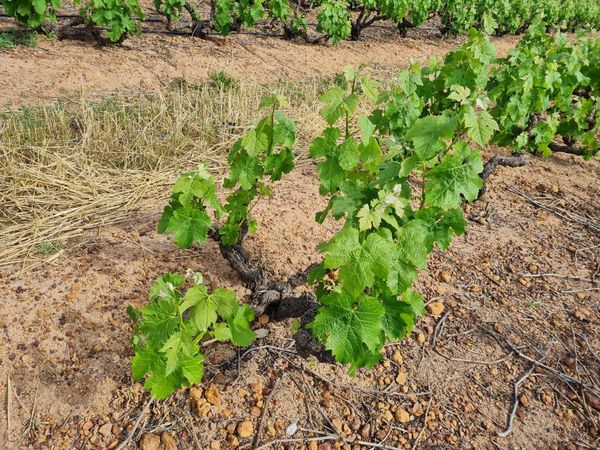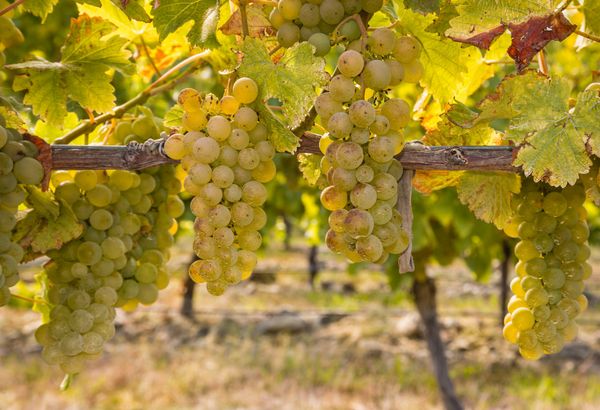The art of blending wine
Fun fact, there are almost no unblended wines on the market. Whether you are drinking a red blend, a white blend, rosé or even a single varietal wine — most are blended in one way or another.
Why do we blend wine?
There are two main reasons why wines are blended. The first is to create a wine that is consistent with the brand’s style and flavour profile, the second is to create more complex wines.
But what does this mean?
Blending for consistency
Certain brands are known to create a wine that tastes the same in each vintage. This, however, doesn’t happen naturally or by accident. A lot of time is spent in the cellar to find the perfect balance to create these masterpieces.
Due to climatic differences, temperature fluctuations and a whole host of other environmental factors, grapes from a single vineyard block will not produce the exact same wine year-on-year. For this reason even single-varietal wines can be blended; a winemaker can choose to blend, for example, Cabernet Sauvignon made from two or more different vineyard blocks/parcels.
Blending for complexity
As you know, some wines have a lot of distinctive flavours on the nose as well as on the palate, whilst others have only one or two. Take for example Sauvignon Blanc. Generally speaking you might be able to distinguish between citrus flavours (lemon) and, maybe, stone fruit (peach), but not much else. Similarly, Cabernet Sauvignon is known for black fruit flavours and a winemaker might want to add some red fruit flavours to a wine, so they blend in some Merlot.
How do we blend wine?
The short answer? Take some wine from two or more bottles, add them together and mix well. The long answer? It is a careful process where each component (individual wine) is meticulously analysed and complimentary components are added together to create a new masterpiece.
How and when winemakers choose to blend their wines differ greatly depending on why they choose to blend their wines and what their goal with the blends are.
Wines can be blended right at the beginning of the winemaking process, or only after oak maturation has taken place. In some instances field blends are created where different grapes (different varietals or from different vineyards) are vinified together.
What do we blend?
Which wines are chosen for blends depends entirely on the goal of the blend. As a rule of thumb, varietals that grow in the same areas and under the same conditions can be blended together successfully — what grows together, goes together.
For example, you will see Bordeux blends which consist of any combination of Cabernet Sauvignon, Cabernet Franc, Merlot, Petit Verdot or Malbec. You will rarely (if ever) see a blend of Pinot Noir and Cabernet Sauvignon.
Popular blends include Bordeaux blends, Rhône blends (Grenache, Syrah, Mourvédre), Super Tuscan blends (a combination of Sangiovese along with Merlot, Cabernet Sauvignon, Cabernet Franc) and recently also Washington CMS (Cabernet Sauvignon, Syrah, Merlot) blends.
In South Africa we also have our very own Cape Blend which consists of the Bordeaux blend varietals as well as Pinotage.
To read some more about a couple of my favourite red blends or white blends, you are welcome to follow the links to earlier articles that I have written.
Thank you for reading! Stay home, stay safe and support local wines.
Follow The Wine Dream on Instagram for more photos and tasting notes.




